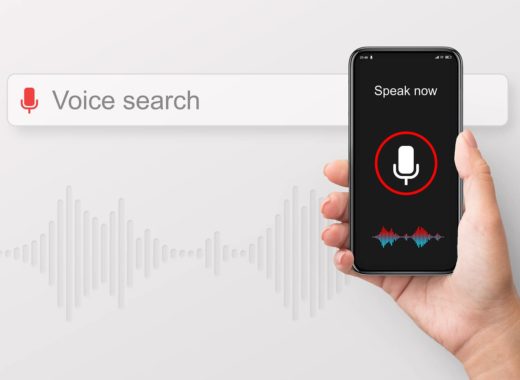How To Write Meta Descriptions

What is a meta description?
A meta description is a short paragraph of text that describes a webpage’s content. It appears under the webpage’s URL in the search results.
The meta description will also appear when links to your site are shared across social platforms, like Facebook.
How do you add the meta description?
The meta description needs to be written into your webpage’s HTML. You can do this by accessing the back end of your website’s content management system (CMS). If you have a WordPress site, your CMS will accessible via www.yourdomain/wp-admin. If you’re unsure, ask your website developer. Most CMS platforms will give you boxes to fill. It should look a little like this…
Why is a meta description important?
A meta description tells users whether the pages listed in the search engine results contain the information they are after. Unlike the meta title and webpage content, which can be optimised to target search engine rankings by including keywords you want to target, the meta description speaks directly to the user; it’s your chance to draw them in. By writing an enticing meta description, you could drastically increase the click-through rate (CTR) of your pages.
Are meta descriptions used as a ranking signal?
According to Google, meta descriptions do not factor into ranking algorithms. However, they are an important factor in encouraging users to click through from search engine results pages (SERPs), and this can have an indirect effect on your ranking.
For example, if your webpage ranks as position 3 but has a higher CTR than expected, Google may decide to rank it higher because users are interested in its content.
How do you use your meta description to influence CTR?
If your webpage is already ranking highly on search engines, it might be tempting to fill your meta description with generic optimised content. But that’s not an effective method.
As previously mentioned, a meta description is your opportunity to convince the user that your webpage content is useful and relevant. You need to pique their interest. Here’s how…
Length – A meta description should be around 150-160 characters. Any longer and Google will automatically add an ellipsis, so keep it short.
Keywords – Be keyword smart. Don’t cram your meta description with every keyword that could possibly be relevant. Instead, stay focused and make sure your meta description and meta title are consistent.
Most search engines will highlight matching search terms in the meta description, which further assures the user that the webpage is relevant. In the example below, we searched for ‘digital marketing kent’ which are found in both the meta title and description.
Compelling Content – When you’re writing for a user, rather than an algorithm, there are a number of factors that can help to spark interest and increase CTR.
- Emotional Language – Evoking an emotion in a user is a guaranteed way to increase CTR.
- Relatability – Write in a way that the user will find relatable. In some cases, this means adding humour or adopting a more conversational tone. For businesses, it can mean using pronouns for a more personal touch.
- Call To Action – Adding a call to action in your meta description can also have a persuasive impact. In the example below, we combine an emotional spark with the call to action to encourage users to click through.
Variation – It’s also important to make sure you have a different meta description for each page on your website. This way, your meta descriptions will be more focused, advertising the relevant content on that specific page.
Good vs Bad Meta
Bearing in mind the points we’ve just covered, here are two examples of meta descriptions. The first example utilises a number of persuasive techniques that would encourage users to click through to the webpage.
Here, the pronoun sets a relatable tone while the persuasive buzzwords (underlined) offer a compelling message. The suggestion of a numbered list is also proven to increase CTR. Not only does this meta description explain what content is included, but what you will achieve by reading it, i.e. improving your click-through rates.
In contrast, the below example uses fragmented sentences and offers minimal information on what the article includes; there’s nothing to compel users to click through.
Conclusion
Although meta descriptions do not have a direct impact on search engine optimisation, they can improve click-through rates – which, in turn, can improve rankings. Therefore, it’s important to spend some time writing compelling and persuasive meta descriptions for each of your webpages.


